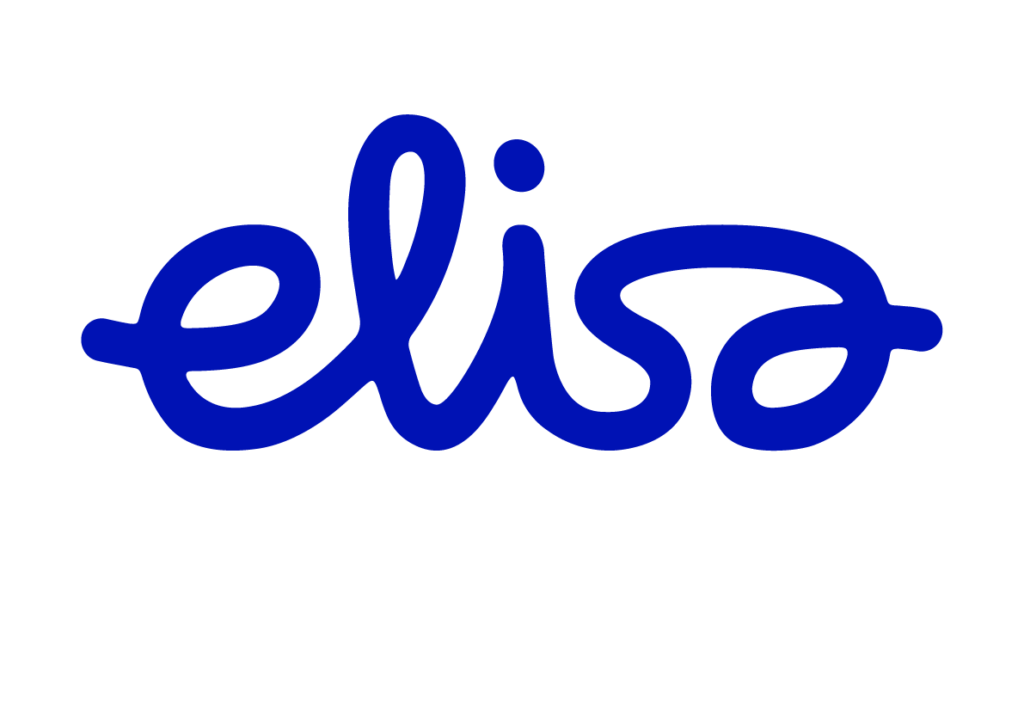Elisa currently covers 95% of Finland’s population with 5G
Finnish telecom operator Elisa now covers 95% of Finland’s population with 5G and has plans to expand the coverage even further in the coming years, the telco’s Head of Mobile Access Tiina Höckert told RCR Wireless News. During the interview, the executive also discussed the company’s ongoing efforts to extend 5G coverage, the exploration of Open RAN (O-RAN) technology and the strategies for future advancements in 5G services.
As the telecom industry increasingly explores O-RAN technology to promote flexibility and vendor diversity, Elisa is also evaluating its potential. Höckert explained that the company is currently studying the possibilities of O-RAN and will adopt the technology if it is deemed beneficial for their network developments and will make decisions based on value and operational efficiency.
When asked about the challenges of monetizing 5G technology, Höckert expressed optimism. She stated that Elisa’s 5G journey has been successful so far, noting an increase in average revenue per user (ARPU) as customers transition to 5G services.
Höckert also highlighted the importance of 5G network slicing, a technology that enables operators to create multiple virtual networks within a single physical infrastructure. This will allow Elisa to cater to a variety of customer needs, from small-scale, highly reliable capacity demands to applications requiring low latency and high capacity. Although specific industries or use cases were not singled out, Höckert emphasized that Elisa is focused on providing tailored services that address diverse customer requirements, which could range from industrial applications to consumer-driven needs.
In February, Elisa and Nokia had claimed to be the first to showcase 5G-Advanced L4S technology for real-time applications in congested network environments in the Nordics.
Nokia and Elisa explained that this new technology feature in 5G Advanced standalone networks called Low Latency, Low Loss, Scalable Throughput or L4S, helps 5G network users stream content seamlessly in congested radio network environments such as at concerts or sports events.
The trial, which was held at the Nokia Arena in Tampere, Finland, utilized Nokia’s 5G AirScale portfolio over Elisa’s live 5G Standalone network. During the trial, two smartphones were used in a congested network to play the same footage. However, only one of these phones utilized L4S technology, Nokia noted. The non-L4S enabled device would halt immediately when attempting to load the streaming content, while the L4S content streamed instantly. Both companies worked with streaming company Kepit Systems and Immersal, a technology provider for augmented reality (AR) real-time applications, to test different metaverse based use cases.
In January 2024, Ericsson had partnered with Elisa and Qualcomm Technologies to demonstrate high uplink speeds in a commercial 5G Standalone (SA) network.
During the trial, the three partners achieved an upload speed of 230 Mbps in a live 5G network using uplink carrier aggregation. For this test, the companies combined a 25-megahertz 2.6 GHz FDD channel with a 100-megahertz 3.5 GHz TDD channel, running on a mobile test device powered by Snapdragon X75 5G modem-RF system.
Ericsson noted that its uplink carrier aggregation software combines mid-band FDD and mid-band TDD within the frequency range 1 (FR1), boosting speeds to enable uplink-heavy applications such as live streaming, broadcasts, cloud gaming, extended reality and video-based use cases.
